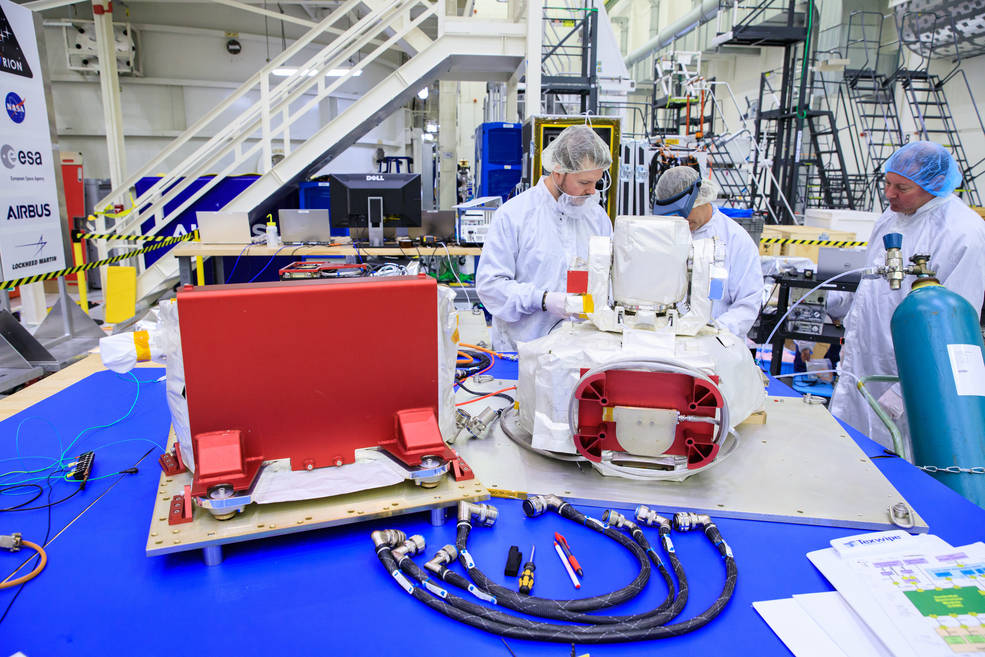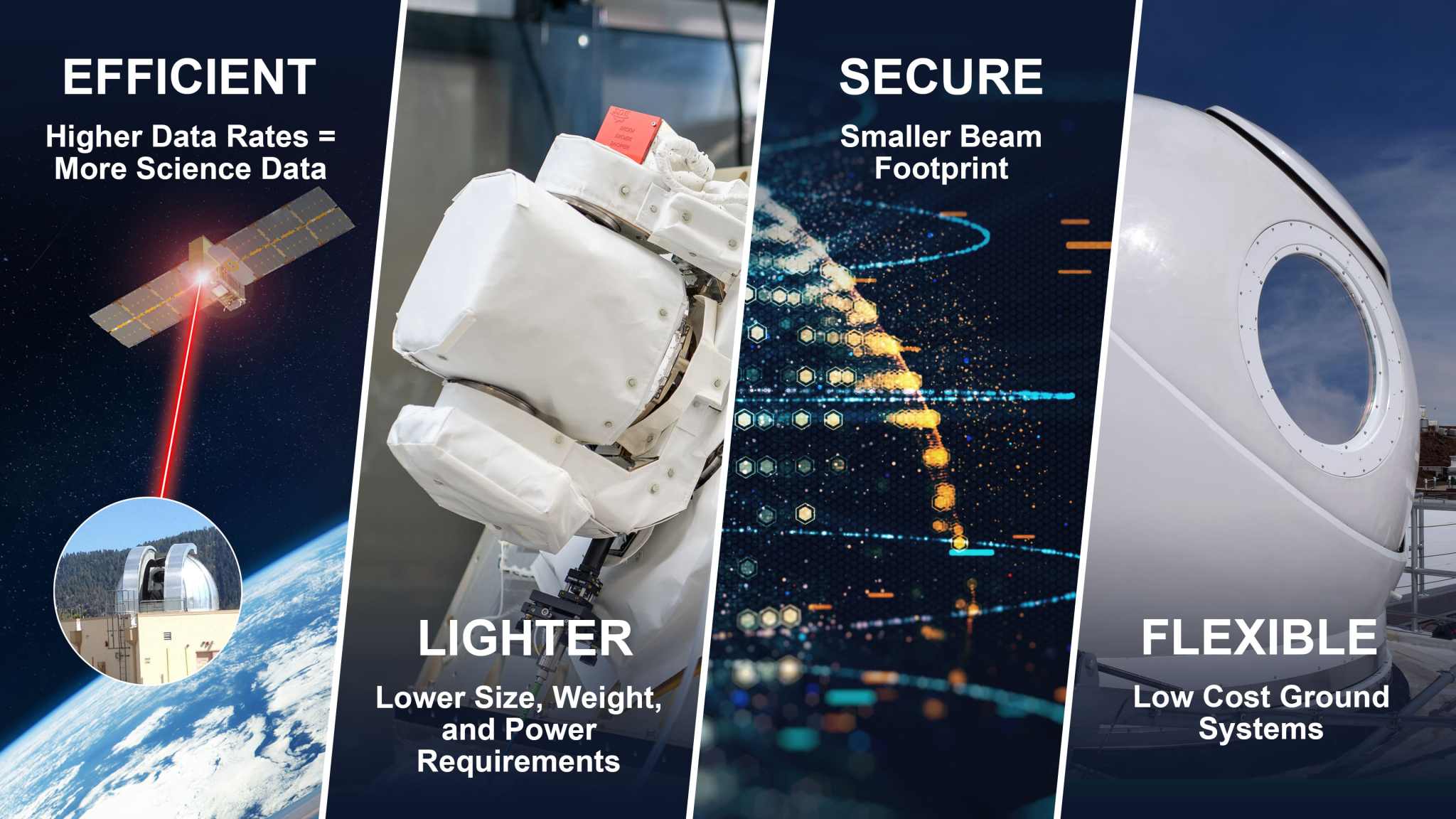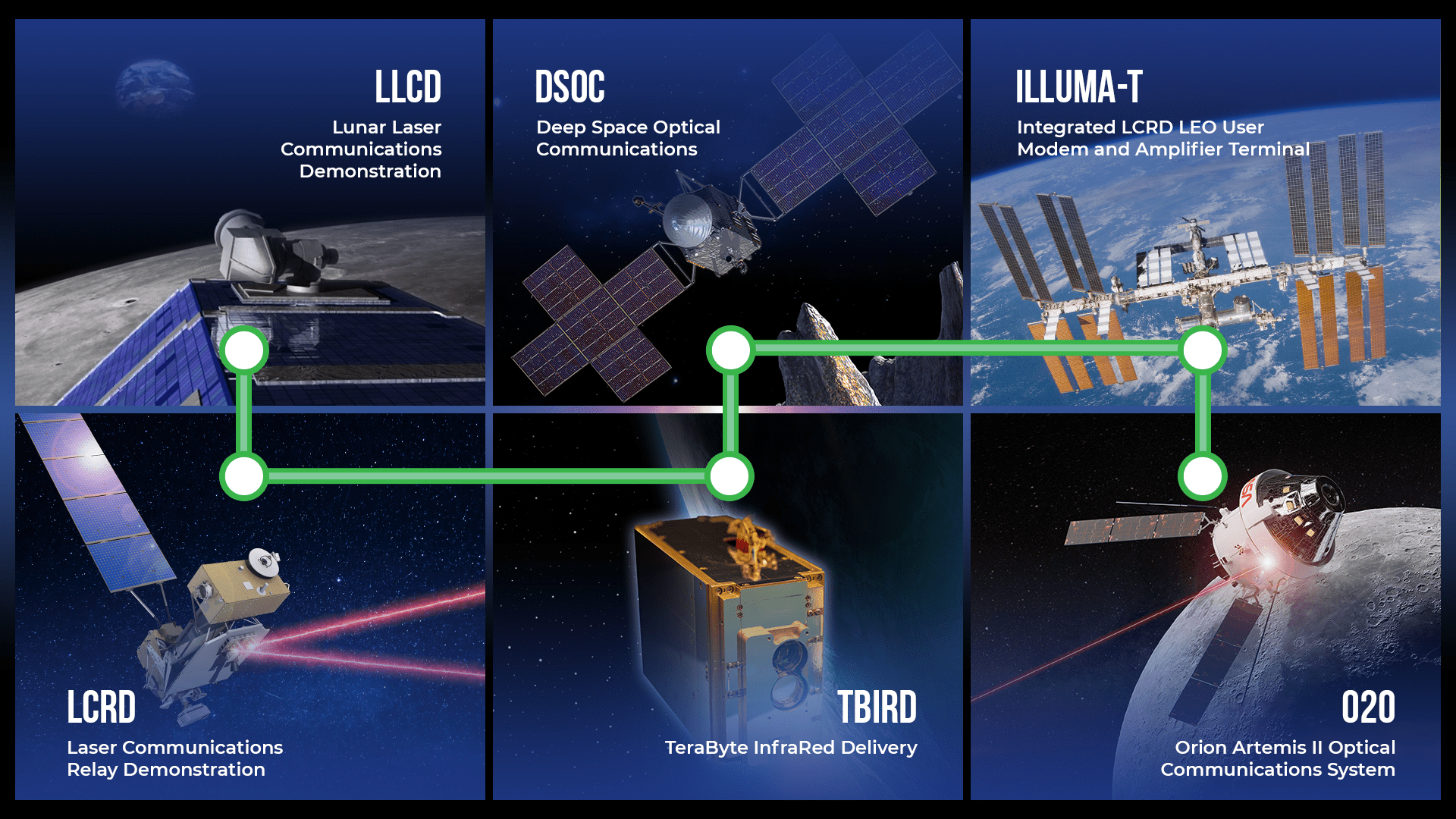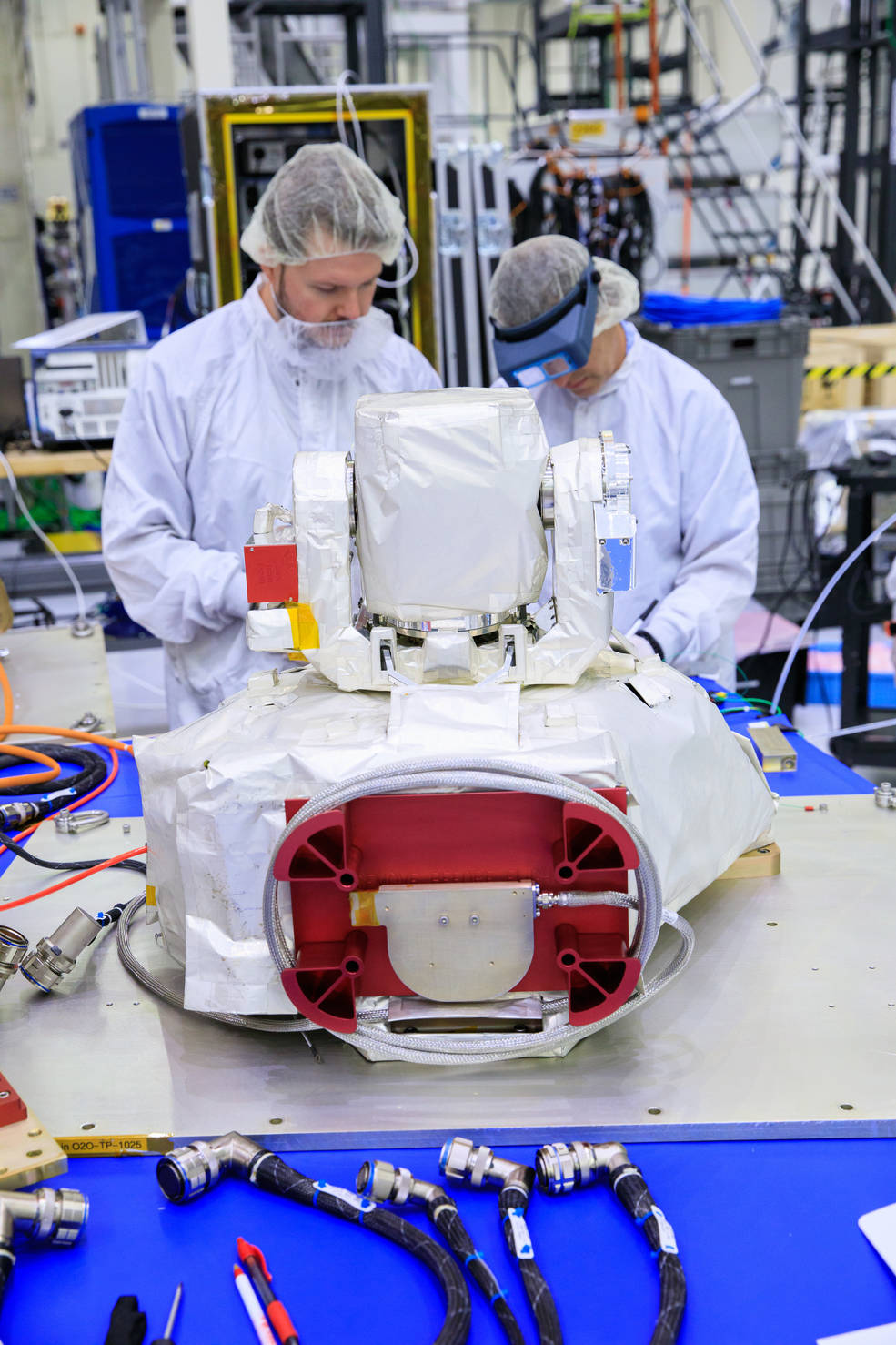The laser communications system for NASA’s Artemis II mission arrived at NASA’s Kennedy Space Center in Florida for integration with the Orion spacecraft, which will carry astronauts around the Moon for the first time since the Apollo missions.
On November 16, 2022, NASA launched the Artemis I mission, an uncrewed flight test that took the human-rated Orion spacecraft farther into space than any before. The next mission, Artemis II, will test all of Orion’s systems needed for crewed spaceflight and set the stage for future missions to the lunar surface. The Artemis II mission will also test new and enhanced technologies including laser communication capabilities.
Orion’s laser communications terminal is known as the Orion Artemis II Optical Communications System, or O2O.
Laser communications systems, like O2O, provide missions with increased data rates, meaning they can send and receive more information in a single transmission compared to traditional radio wave systems, which most NASA missions use today. More data means more discoveries.
“At 260 megabits per second, O2O is capable of sending down 4K high-definition video from the Moon,” said Steve Horowitz, O2O project manager. “In addition to video and pictures, O2O will transmit and receive procedures, pictures, flight plans, and be a link between Orion and mission control on Earth.”
After gathering data, O2O will send the information over laser signals to one of two ground stations in Las Cruces, New Mexico, or Table Mountain, California – both chosen for their minimal cloud coverage. The quality of images and videos sent from Orion through O2O will depend, in part, on the cloud coverage at the ground stations.
The O2O laser terminal is part of the Space Communications and Navigation (SCaN) program’s optical infusion effort, which is demonstrating laser communications on multiple missions. O2O was developed by a team of engineers from NASA’s Goddard Space Flight Center and the Massachusetts Institute of Technology Lincoln Laboratory (MIT-LL). This partnership has successfully led to multiple laser communications missions, such as the 2013 Lunar Laser Communications Demonstration (LLCD), the 2021 Laser Communications Relay Demonstration (LCRD), and the 2022 TeraByte InfraRed Delivery (TBIRD) payload. By demonstrating this technology in multiple space regimes, SCaN is showcasing the benefits laser communications can have for missions.
Prior to its delivery to Kennedy, the O2O laser terminal went through several levels of environmental testing to ensure that the payload can operate in the harsh environment of space.
Laser communications terminals like O2O will allow more data to reach Earth and support scientists’ efforts to conduct advanced investigations. The data collected by Artemis II will inform NASA’s future lunar missions and help the agency establish a long-term presence on the Moon and, eventually, Mars.
O2O is funded by the Space Communications and Navigation (SCaN) program at NASA Headquarters in Washington. The O2O terminal is managed by NASA’s Goddard Space Flight Center in Greenbelt, Maryland. Partners include NASA’s Johnson Space Center in Houston, Lockheed Martin in Maryland, and the Massachusetts Institute of Technology Lincoln Laboratory.
NASA’s Goddard Space Flight Center, Greenbelt, Md.



























